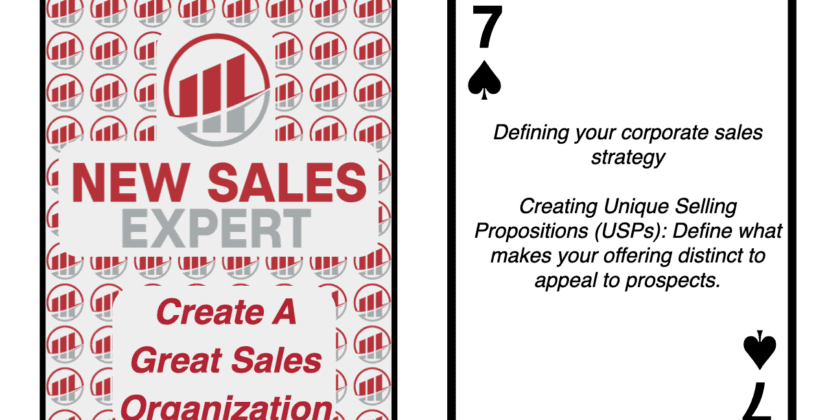The importance of effective internal sales meetings with your sales team cannot be overstated. These meetings are not just about discussing individual deals or pipelines but serve a much larger purpose. They are opportunities for education, alignment, and improvement. They are a platform where the entire sales ecosystem comes together to discuss what’s happening in the industry, target market, or the company and how to move in the same direction.
A key reason for having larger quarterly meetings is education. As a sales leader or a CEO, the goal should be to make the sales team more effective and knowledgeable about ongoing developments. This can be achieved by inviting guest speakers, working on sales messaging, or understanding what’s happening in a particular vertical. However, these meetings should not be held just because the quarter came up. They should have a purpose and should add value to the team. If the same information can be shared through a well-written email or a quick update on Zoom, then there is no need for a meeting.
One effective practice for these meetings is role plays. This is a great way to practice and improve skills. However, it’s important to conduct these role plays correctly. There should be three roles: a customer, a seller, and an observer. The customer should be competent, the seller should sell something, and the observer should observe. After each role-play, feedback should be provided on what was done well and what could be improved.
However, while conducting these meetings, it is important to avoid a few pitfalls. One such pitfall is not having enough variation in the meeting for different learning types. If the meeting only consists of slides or videos, it might not cater to everyone’s learning style. Therefore, mixing up the media and providing breaks is important to keep the team engaged.
Read the rest of the article…

